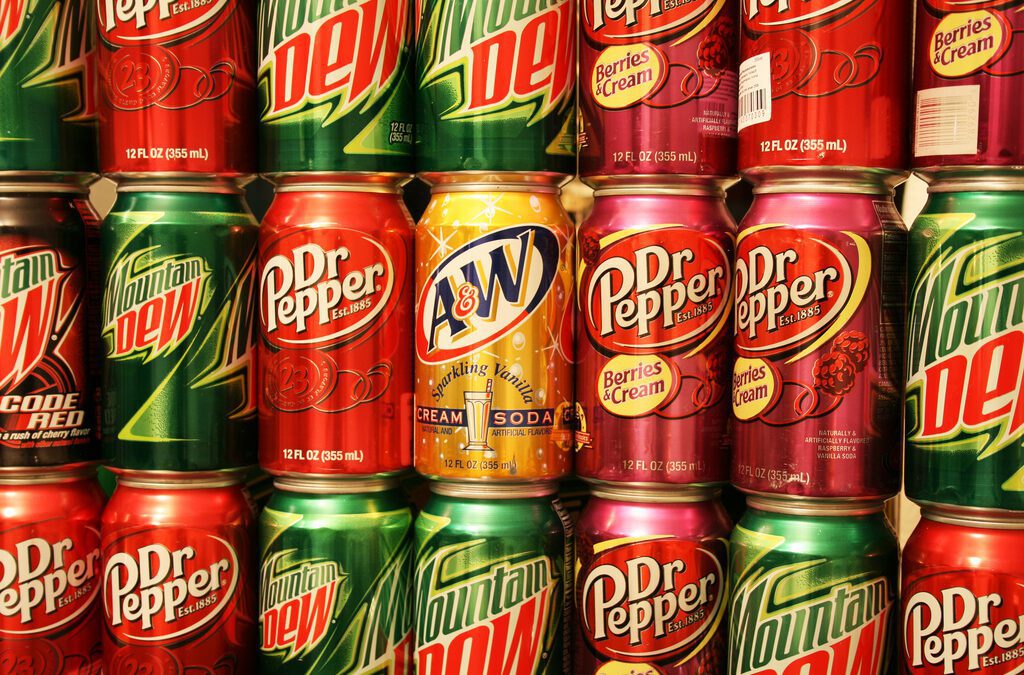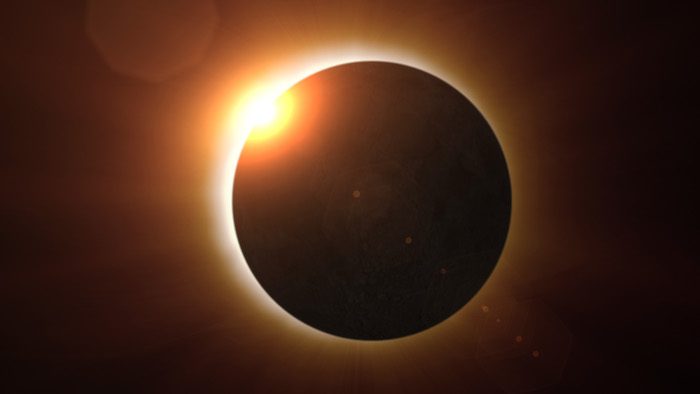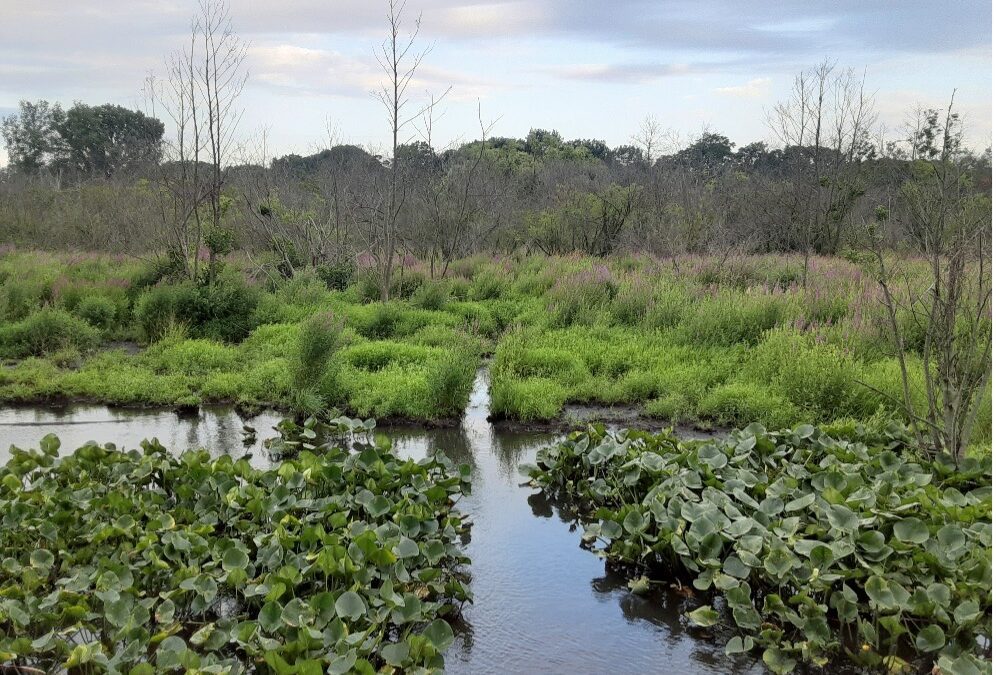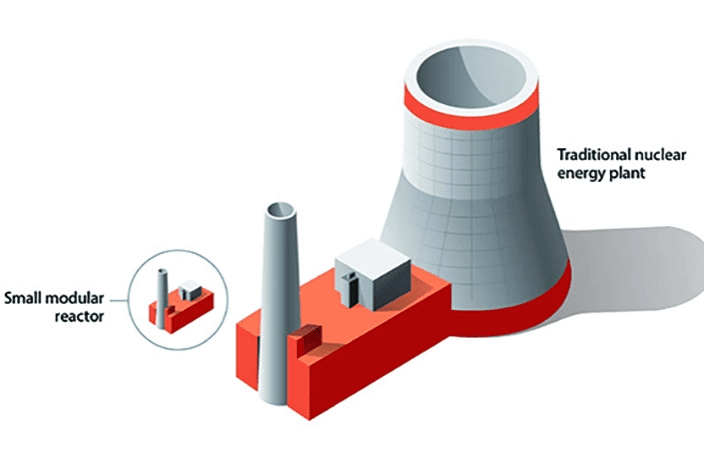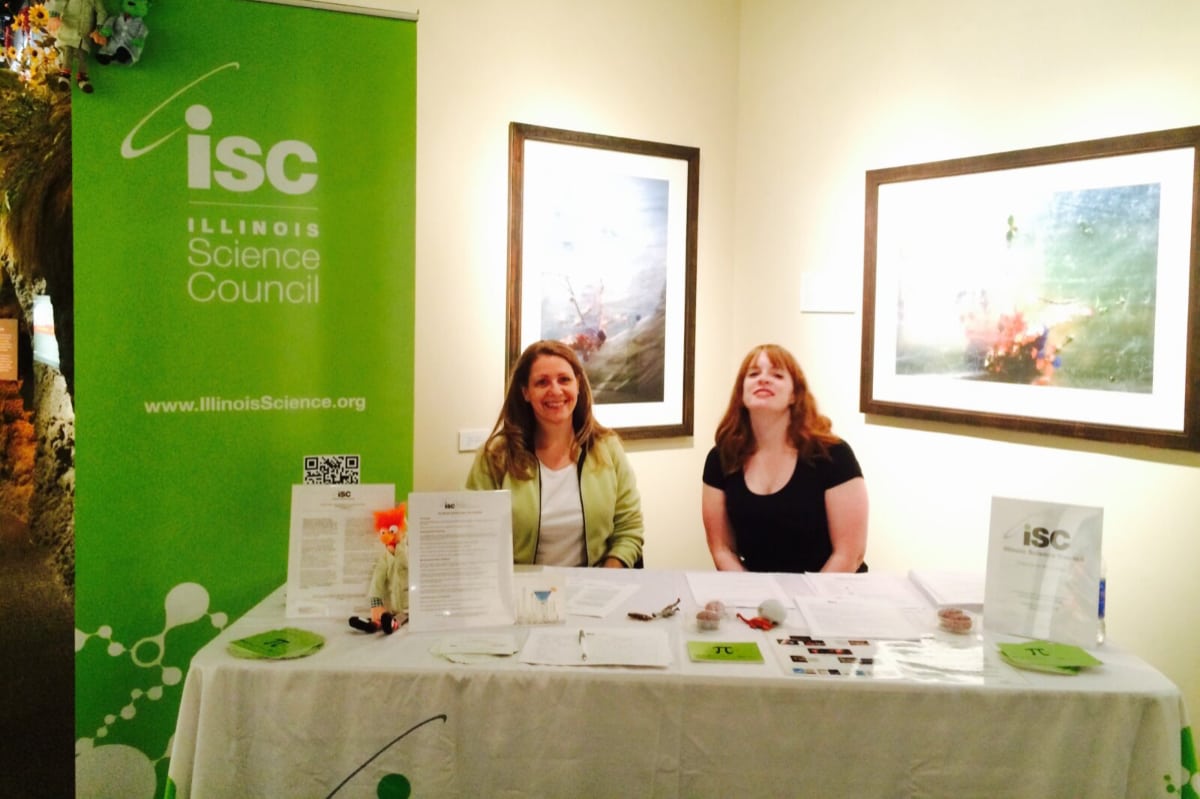Sugar is everywhere. Kids crave it, pastry chefs live by it, and dieters avoid it like the plague. It comes naturally in our fruits, it’s added to our drinks, and it’s found in some form in virtually every packaged item at the grocery store. Some of us live by it, and for many of us, it does not love us back. But no matter what you say about it, sugar and its relatives are important for our health and well-being. Despite the bad rap that sugar has acquired over the years, sugar is actually critical for our survival for two reasons: it motivates us to eat and 2) it gives us the energy we need to get through most of our day.
First, why does sugar motivate us to eat? Its simple. “Sweetness” is the taste that, in its purest sense, tells us that the food we are eating has nutritional value. Without it, our evolutionary ancestors would not feel any inherent reason to try new foods, and they’d never find the ones that would fill them up. This function of sugar is precisely why we have evolved to enjoy the taste of sugar – its sweet taste encourages use to eat foods that will provide us with energy.
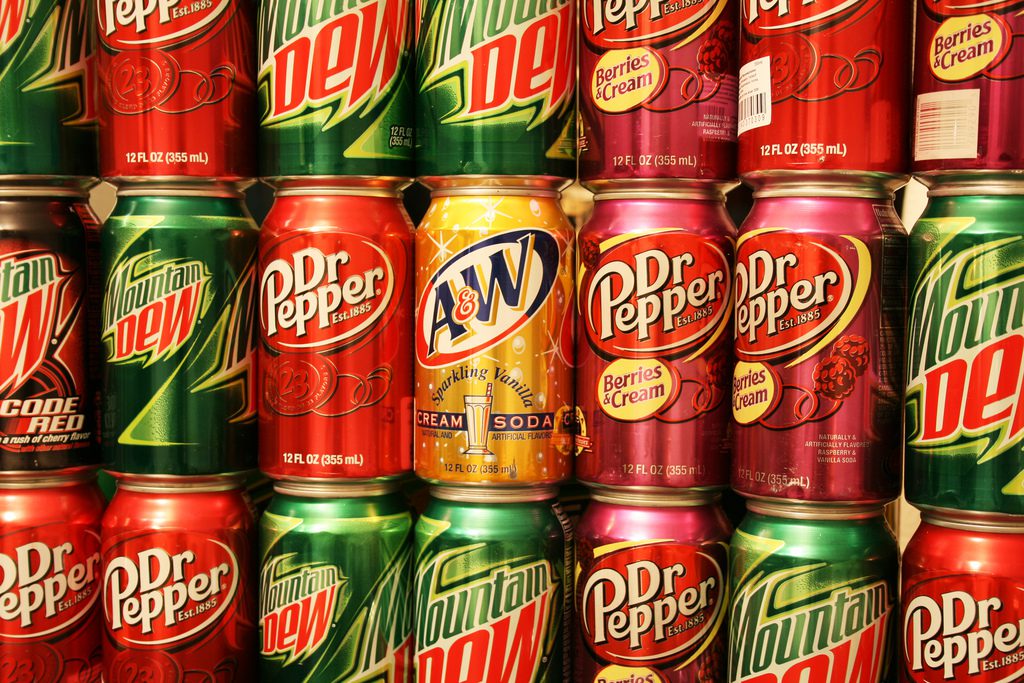
This is where sugar’s second benefit comes in – it gives us the fuel we need to make it through the day. Breakfast is dominated by carbohydrate-filled goodies like cereal, toast, and pancakes because carbs (the base components of sugar) are filled with energy. While fats contain more energy, sugars are more easily digestible. In fact, there is an enzyme in your saliva, called salivary amylase, that starts digesting the sugar in your food while it is still in your mouth! Since sugars are so important, you better believe our bodies are always at the ready to accept them.
The Science of Tasting Carbs
Our tongues are excellent at detecting simple sugars like single glucose molecules. In fact, our mouths contain a specific set of receptors that are built specifically for sensing sweet tastes. As soon as your taste receptors get a whiff of sugar, they, like a cheetah chasing its prey, will send a sweetness signal to your brain at a high speed and with overwhelming strength. The sweet taste receptors on our taste buds pass messages along a chain of enzymes (your body’s worker bees), each one amplifying the signal along the way.
The enzymes in this pathway act like branches on a tree. One tree branch will split into two, which will split into more, and so on until they reach the sky. Taste reaches the brain in the same way. By the time the signal gets to the brain, it is being carried by an army of enzymes. As a result, our brain knows right away what is going on and floods itself with feel-good chemicals that motivate you to eat more.
NOTE: Bitter taste is carried along a similar pathway. Your brain needs to know as soon as possible if you are eating something bitter, because bitterness is the taste that signals that something is toxic and needs to be purged and avoided in the future.
Not every carbohydrate-rich food is sweet, however. While some breakfast foods taste sweet because they’ve been doused with sugar (I’m looking at you Cinnamon Toast Crunch), most carbohydrate-rich foods, like pasta and bread, don’t taste sweet at all. Why is this?
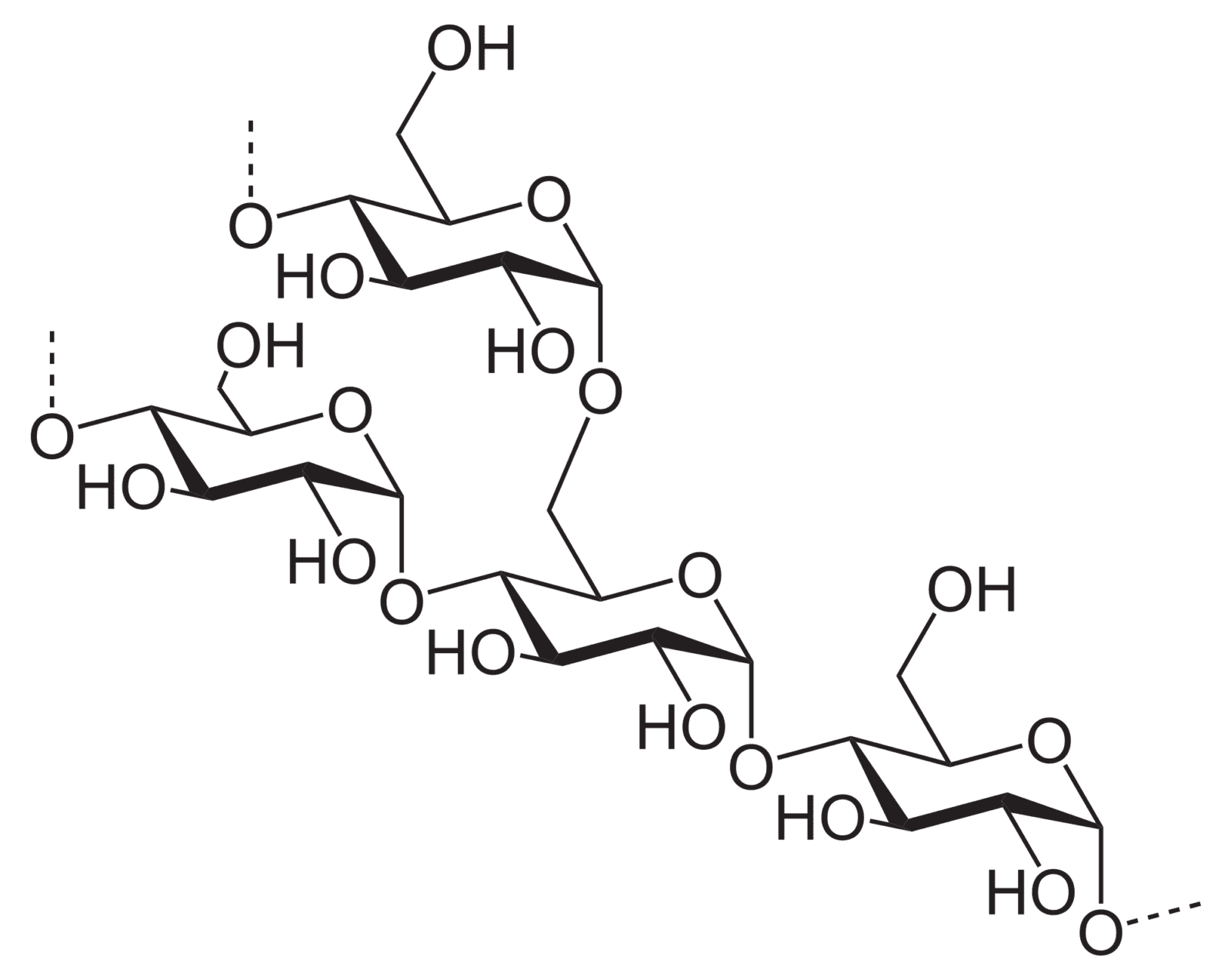
The molecular structure of starch. Each bowtie-looking thing is a monosaccharide.
Just like how a cable box is programmed to pick up particular tv channels, the taste receptors on your tongue are built to sense a particular type of sugar – monosaccharides, or single sugar molecules. In high-carb foods like bread and pasta, glucose is locked up in long, complex chains called starches, and our taste receptors cannot sense the presence of glucose in these chains.
Manufacturers of sugar substitutes like corn syrup artificially control the size of these starches to adjust the sweetness of their product. The shorter the starch, the sweeter the taste. In some cases, manufacturers use different sugar molecules, like fructose in their products. You’re probably itching to learn more about all of these modifications, and the role they play in manufacturing corn syrup. But that’s too much to explain in one blog post, so you’ll have to wait until the next one. Stay tuned!
-
Ben Marcus is a public relations specialist at CG Life and a co-editor-in-chief of Science Unsealed. He received his Ph.D. in neuroscience from the University of Chicago.
View all posts

